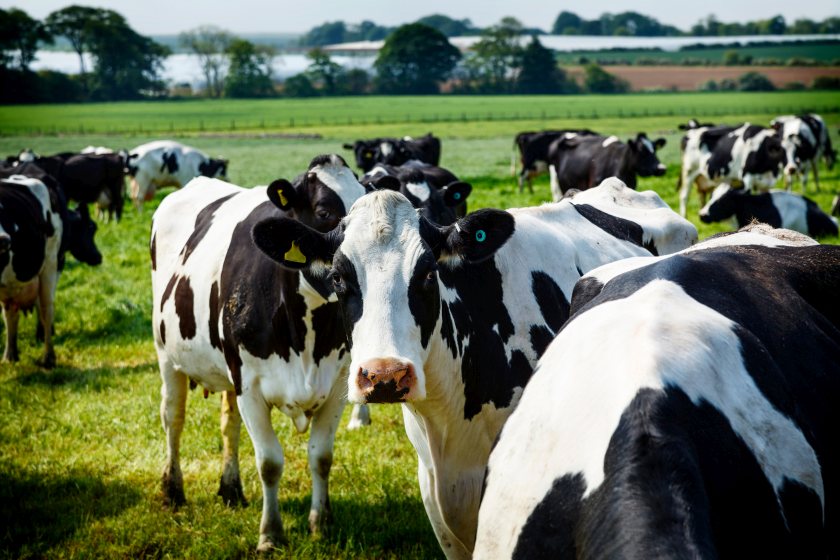
A pioneering new diagnostic approach could revolutionise the fight against Johne’s disease - dubbed the 'silent killer' for its ability to spread undetected through herds.
Scientists have made promising strides using microRNA (miRNA) profiling combined with artificial intelligence to identify the disease earlier and more accurately.
Their work, a collaboration between MI:RNA Diagnostics and Scotland's Rural College (SRUC), may lead to improved herd health, lower farm losses, and reduced environmental impact.
Johne’s, a chronic inflammatory condition primarily affecting cattle and sheep, costs UK farmers an estimated £200 per cow annually and drains around £10m from the agricultural economy each year.
Prevalence rates of up to 50% within herds have been reported, yet the disease often goes undiagnosed due to the presence of symptom-free carriers.
“Animal health is more important than ever, with Johne’s disease costing farmers tens of millions around the UK each year,” said Eve Hanks, founder of MI:RNA Diagnostics.
“Biomarker science combined with our AI-powered modelling means that we can significantly improve animal health, reduce financial strain on farmers, while also reducing greenhouse gas output as a result.
"We believe miRNAs can assist with progressing future diagnostic testing and understanding diseases more effectively.”
Current diagnostic methods have limited sensitivity, making it difficult to detect the disease early enough for effective intervention.
However, miRNAs—small molecules that regulate gene expression—can offer a stable, easily detectable biomarker for infections.
Studies have shown changes in miRNA levels during early stages of Mycobacterium avium subspecies paratuberculosis (MAP), the bacteria responsible for Johne’s.
The MI:RNA Diagnostics study analysed miRNA expression in infected and healthy cattle samples.
Using machine learning techniques, researchers developed a predictive model that shows potential for distinguishing diseased animals with improved accuracy.
Although the study was small in scale, researchers say the results are encouraging and pave the way for further trials to validate the method and enhance its precision.
SRUC has been at the forefront of Johne’s control via the Premium Cattle Health Scheme for over 25 years.
Prof Spiridoula Athanasiadou, of SRUC, said: "We value our ongoing collaboration with MI:RNA Diagnostics, which has generated data that demonstrates potential for added benefits of the new tool.
"Upscaling is important for wider implementation and further development.”
